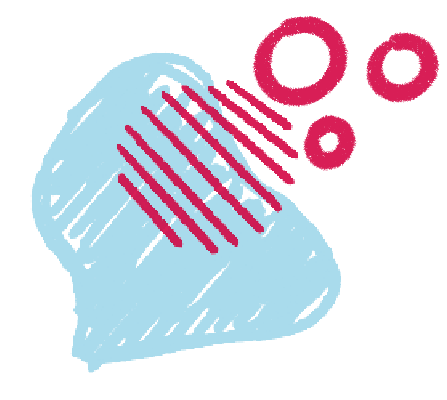It’s always important to keep budget top of mind when planning a translation or localization project and it’s equally important to understand how pricing for these types of projects work. Translation rates are usually represented with a number, but the truth is that underneath this number there are many layers that contribute to it. It’s worthwhile to understand what is actually being covered with any given rate, as this will vary from vendor to vendor.
Keep reading for insight into seven factors that can influence translation and localization rates.
Source Word Count
One of the main factors that influences pricing for translation or localization projects is the word count of the source document or the page count when the word count is not available (for example, in a scanned PDF). But in general, rates are always calculated per word and per language.
Languages and Specialties
Translating into some languages can be more expensive than others. This is because in some language combinations, professional translators are scarce. For example, translating English into Japanese may be less expensive than translating Vietnamese into Japanese. When English is involved, there’s a high chance the rate will be lower as there will be more availability of trained linguists.

Another aspect to consider here is the subject matter of the content. Highly specialized content will be more expensive to translate than something more general. For example, in the case of simulation video games, you may have farming simulators, fishing simulators, flight simulators, etc. So not only do you have to think about finding a qualified translator in a given language, you also need to consider the fact that they are trained in a specific field. Some specialties (particularly in a rare language combination) cost much more than others due to their technical nature or the scarcity of professional translators that have that unique expertise.
Timeline
How quickly the project needs to be completed also affects the rate. If there is a short timeline, the translator will likely have to work long hours in order to meet the deadline—which can increase costs. In the case of a very big project, the work will likely have to be managed by several linguists, and then reviewed by an editor or proofreader to make sure everything is consistent. There’s also the challenge of finding linguists that have the availability to work with a tight deadline.
Volume
Your project may consist of thousands of words or just a few lines. When the content that needs translation amounts to a few thousand words, the cost may be calculated using the final word count or the content may be run through a CAT tool in order to analyze how many matches or repetitions it has. Using CAT tools is a great way of optimizing a localization budget, as you will pay less for content that is repeated.
Typically, a CAT tool analysis report will divide matches into:
- 0 – 74 % Match
- 75 – 94 % Match
- 95 – 99 % Match
- 100 % Match and Repetitions
It’s worth noting that when you have a loose string of only a few words, a minimum flat rate may apply.
Desktop Publishing Needs
Your content may be a simple Word document with plain text or a highly formatted PDF with tables and graphics. If the intention is that the final document looks exactly the same, then a Desktop Publishing Specialist will need to work on all the non-editable images and adjust formatting so that everything looks polished. You need to be aware of the fact that some languages expand significantly. This means the exact original design will very likely not work for the translated version. A formatting fee may also apply depending on the characteristics of each project.
Quality Assurance Process
In the translation industry, the TEP (translating, editing, and proofreading) process is most often the standard approach to a translation or localization project. A translation plus an editing and proofreading step can guarantee a high-quality deliverable, but in some cases these three steps won’t be necessary and in others more QA steps are recommended.

For example, once the translation has undergone DTP, a Post Layout Review is recommended to make sure no typos or other issues (such as segmentation) were introduced during the design step. If you’re working with highly creative content, then doing a back translation to make sure the message intention is kept may be a good idea. Or in the case of a website a testing step where a linguist actually navigates the website like a user would and flags any instance where something is off can provide a lot of value.
Project Management
As you can see, translation projects are not as simple as they may seem at first glance. There are multiple aspects to be considered and a lot of coordination and management is required to execute a localization or translation project successfully. In projects that are big in volume, involve a number of languages, and have complex workflows, a project management fee may apply. This fee provides the translation team with the resources they need to bring a project manager on board to oversee the project and to ensure that the workflow runs smoothly.
The Takeaway
Translation prices and schedules are always project-specific. Discussing the characteristics of your project with your localization partner will guarantee that the rates you’re offered are in line with your project’s needs and provide a customized service.









